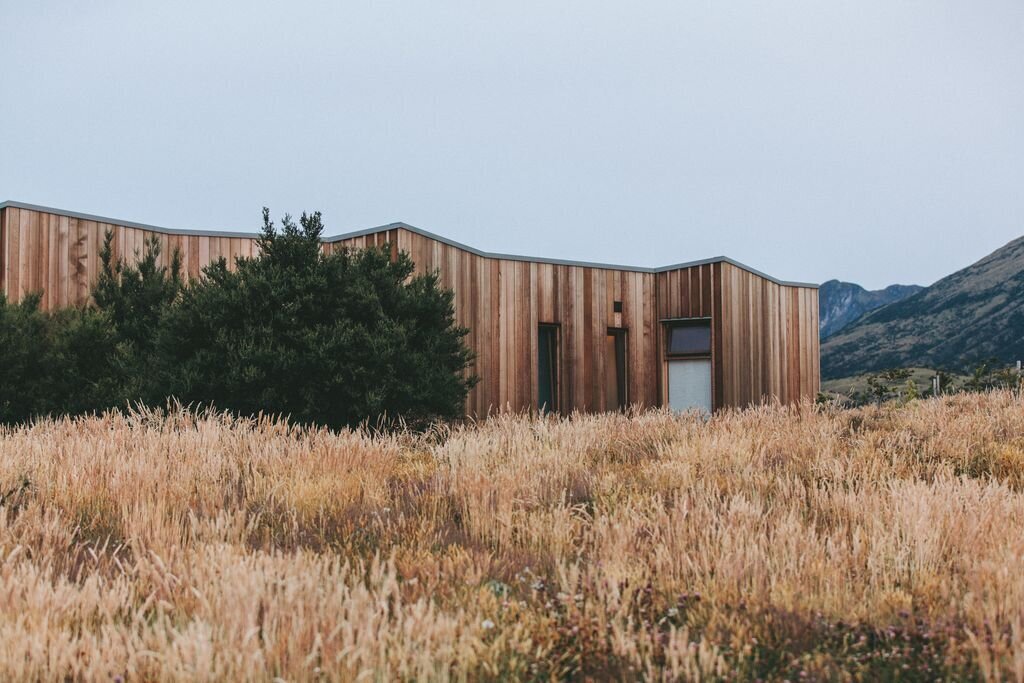
Basic Mud Logging Course (BML)
“Duration: 5 days / 20 Hours”
-
Mud logging, also known as surface logging, is the creation of a detailed record of a borehole by examining the bits of rock or sediment brought to the surface by the circulating drilling medium (most commonly mud). Mud logging is usually performed by a third-party mud logging company. This provides well owners and producers with information about the lithology and fluid content of the borehole while drilling. Historically it is the earliest type of well log.
How to:
Make well to well correlation
Understand well drilling
Understand mud logging equipment
Calculate the lag time and advanced volumes calculations
Describe the formation cuttings
Integrate the cuttings evaluation with the drilling parameters
Interpret all the acquired geological and engineering data at the rig site
Evaluate the hydrocarbon potential of the formation
Deal with drilling mud rheology and hydraulics
Handle, process and describe cores
Evaluate different types of pressure
Handle formation pressure to minimize borehole risks
-
1- General Operations:
a) Introduction in Oil Field Industries.
b) Rig (Types, Components, and Persons).
c) Rig Operations (Drilling, Tripping, Casing, Cementing, Testing, Completion, and Problems).
d) Mud types, purposes, and mud cycle.
2- Mud Logging:
a) Definition, Functions, History.
b) Logging Unit Equipment and Sensors Types.
c) Logging Unit Crew, duties, and responsibilities.
d) Mud Log Forms and contents.
3- Mud Logging Calculations & Math:
a) Volume, Lag, and Stroke Calculations.
b) Depth Calculations.
4- Sampling:
a) Type of samples.
b) Sample Collections and preparations.
c) Sample descriptions and examination tests.
d) Hydrocarbon shows indications and description.
-
New hire geologists and geophysicists; and reservoir, petroleum, and drilling engineers

